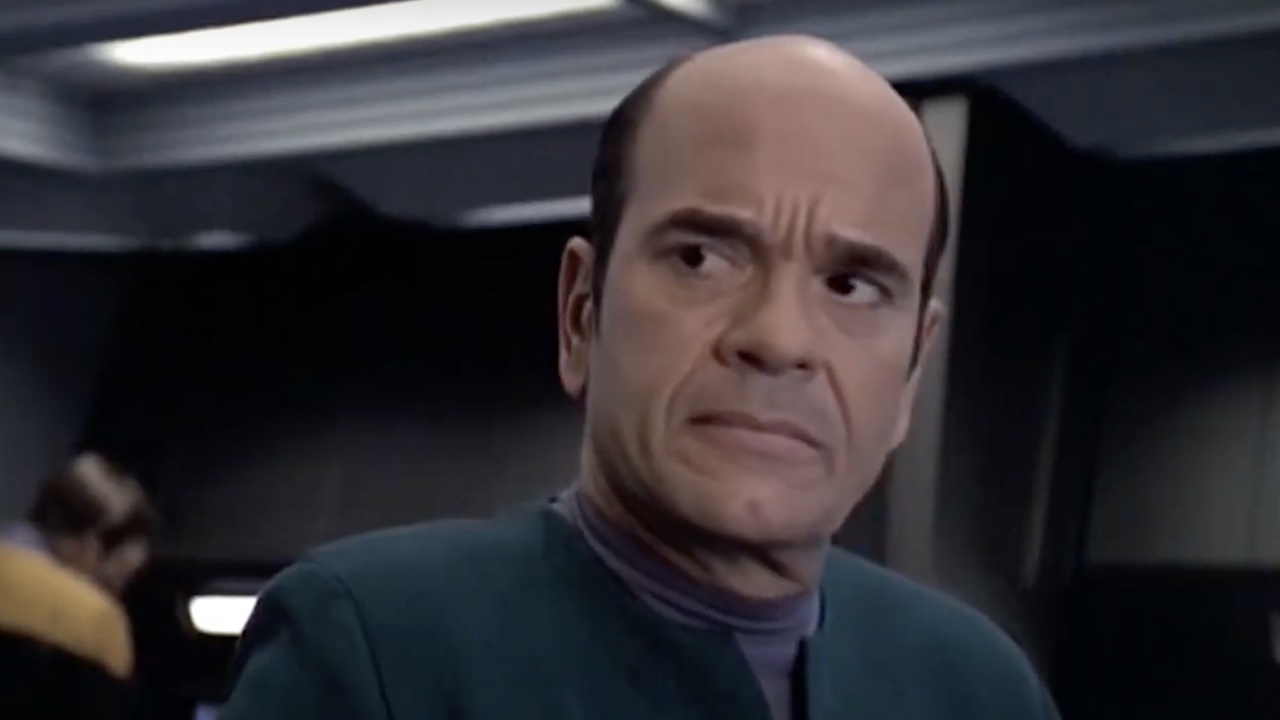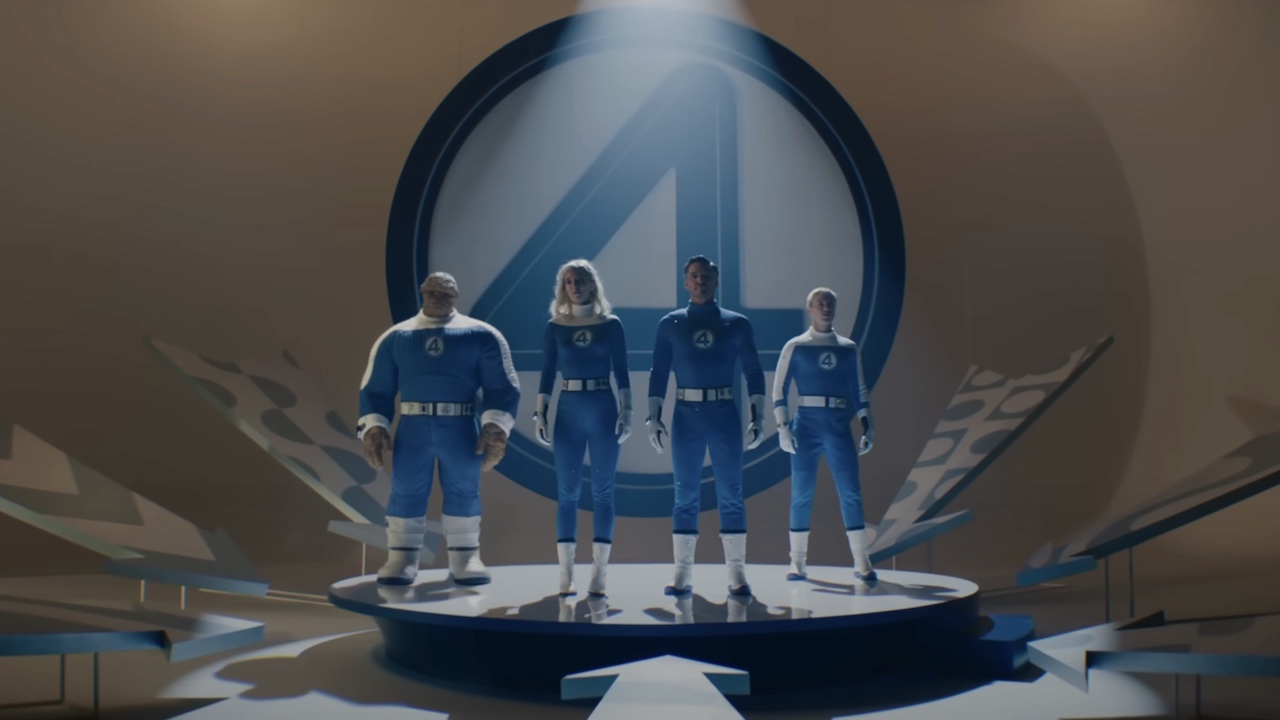The Matrix: Exploring The Movie's Impact On Sci-Fi 20 Years Later
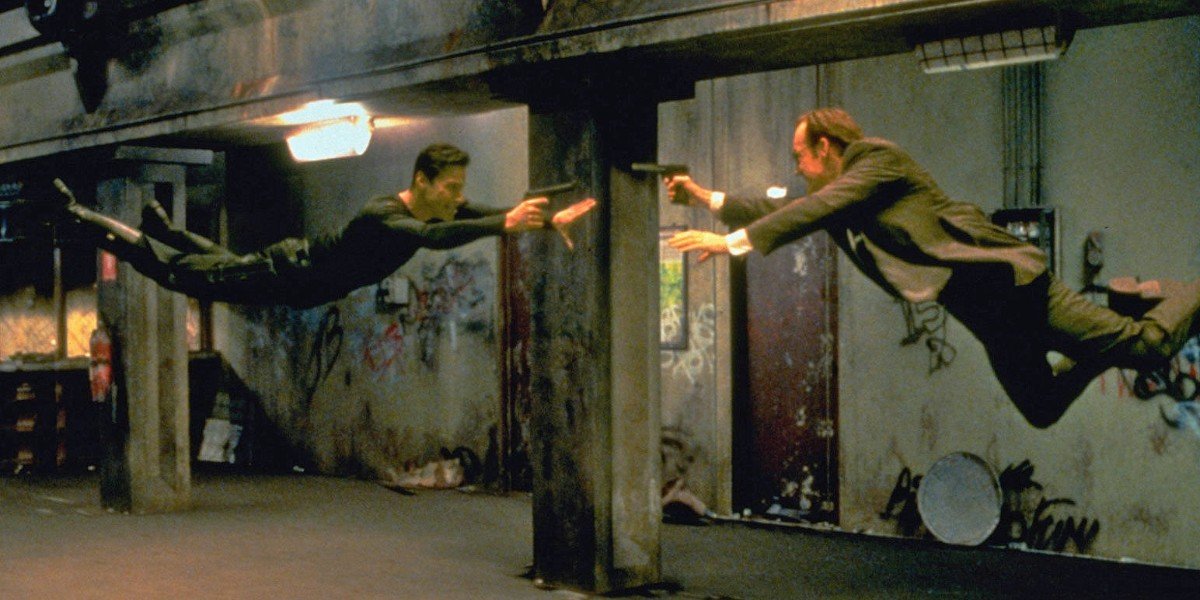
When The Matrix entered theaters on March 31, 1999, there was no turning back. Cinema was changed as we knew it, introducing the new millennium to a state-of-the-art game-changer of an original, truly high-concept blockbuster that would radically reimagine the science-fiction genre as we knew it for the next two decades — and beyond. It's rare that one film can make people reimagine what movies can do, but that's the beauty of sci-fi.
Similar to the likes of Blade Runner, Star Wars and 2001: A Space Odyssey, The Matrix was high-minded, beautifully made, gorgeously thoughtful and a viscerally vivid blend of reality and fiction through a shared new lens. It was the big, bold work of two visionary filmmakers, Lana and Lilly Wachowski, who were offered the opportunity to make their impressionistic film come to life on a huge canvas, and with top-tier technology, let their brave vision for the future come alive in splendid, sensational ways. It's the kind of sci-fi film that comes around maybe once in a generation, yet there is no denying that The Matrix was a mammoth of a major movie, offering viewers something they've never seen before.
Today we're taking a moment to look back at how the release of The Matrix played a big role in shaping sci-fi in the 21st century, and how 20 years down the line, we are still seeing the impact that The Matrix has on the fanciful genre. It is hard to believe that two whole decades have passed since The Matrix first screened in theaters around the world. And it won't be long before we return to the techno-friendly universe once again, as it was just revealed that Lana Wachowski will write and direct another Matrix movie, with Keanu Reeves and Carrie-Anne Moss returning to reprise their roles.
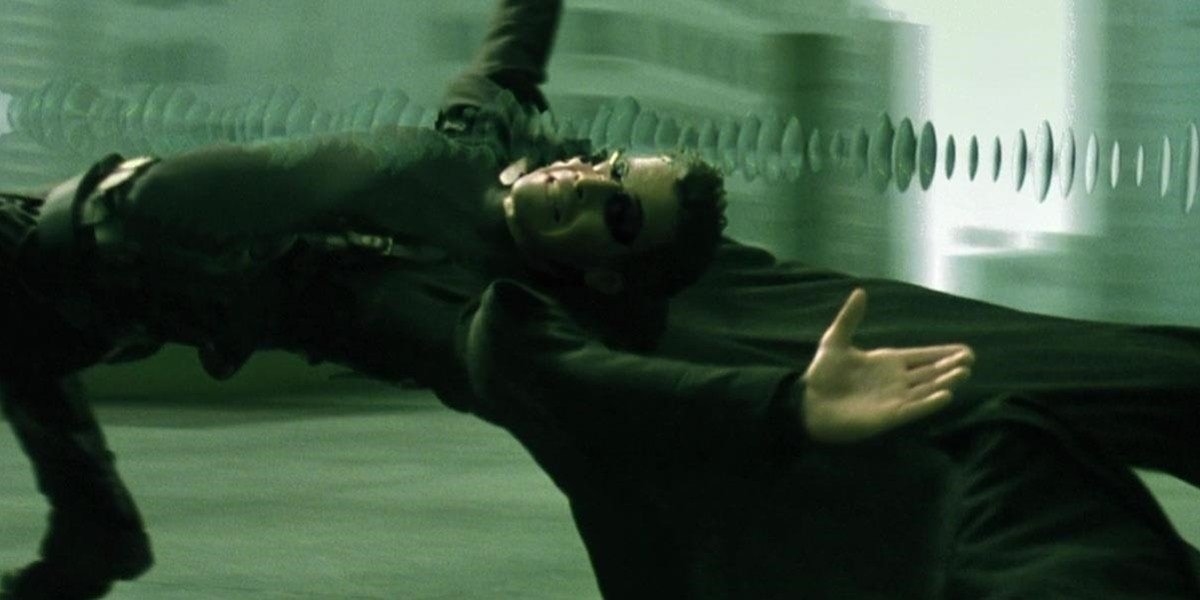
The "Bullet Time" Approach Revolutionized How Studio Movies Approached Their Visuals In Major Sci-Fi Movies
Among the movie's most iconic moments is Keanu Reeves' famous slow-motion bullet dodging as the camera flies whooshes around him. This filmmaking technique, which required The Wachowskis and director of photography Bill Pope to take several shots from a 360 degree angle in order to capture the spinning rotation that appears so effortless in the film, is something that was hard to describe, but in execution, it was a total game-changer. Tons of movies, shows and even commercials copied this shot's style, and in the sci-fi realm, there were many who tried to incorporate this tricky, impressive style into their own work, with obviously mixed results. Even The Matrix sequels couldn't quite get it right. But it was significant.
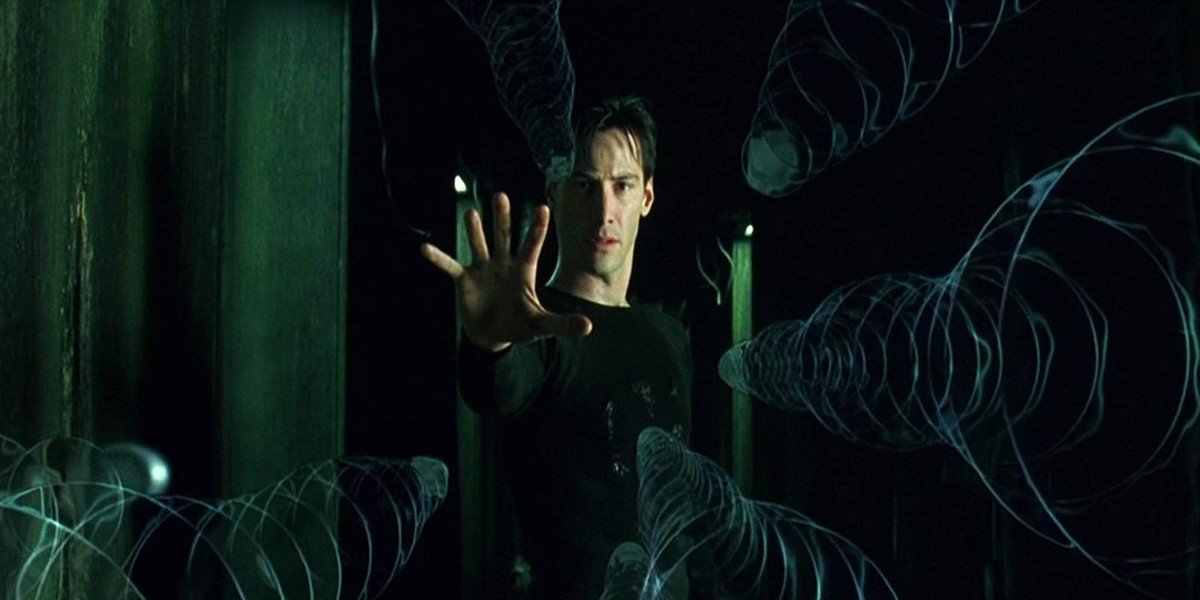
More Computers And More Computer-Generated Visual Effects, Especially in Sci-Fi Movies
While computers and computer-generated special effects were definitely around when The Matrix came out in 1999, particularly with Toy Story and movies like Titanic using a mix of practical and CG effects to bring their vision to life, The Matrix was the turning point when CG started to become the norm. And the influx of literal computers in movies became more commonplace shortly after The Matrix's release. Through the movie's release, the possibilities seemed endless through computer graphic effects. While some folks took the wrong lessons, it did lead to films like Avatar and District 9.
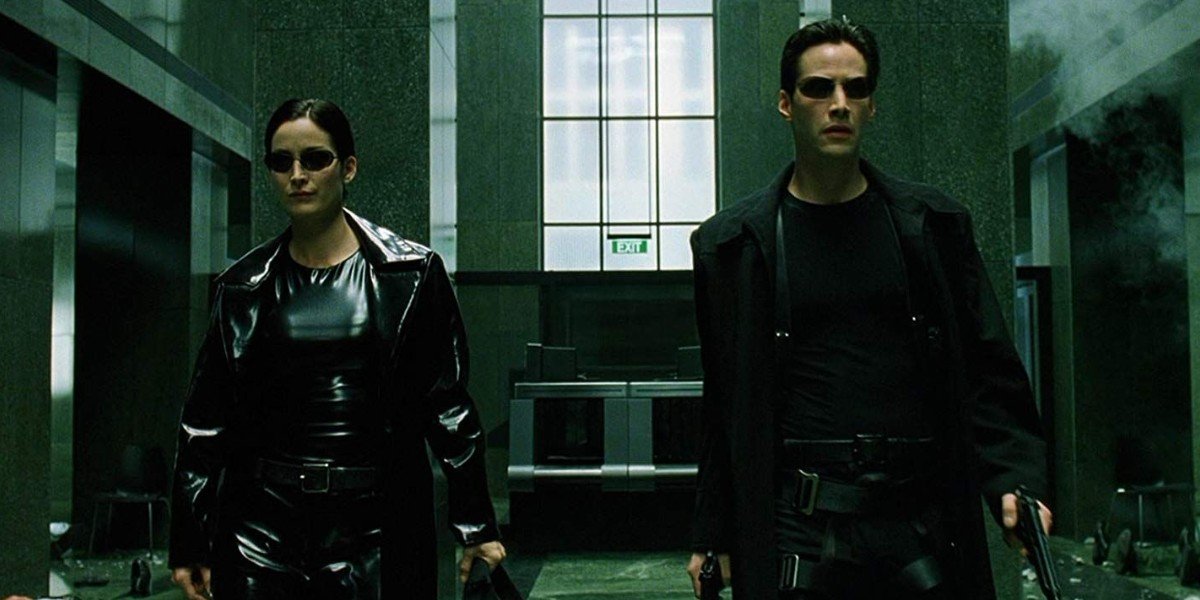
More Leather Clothing, Especially In Science-Fiction Movies
While leather was certainly a fashion accessory before the film's release, it's hard not to notice the influx of leather clothing worn in movies — and seen in day-to-day life — after The Matrix ballooned in popularity. Much to the dismay of many animal activists, no doubt. Particularly with low-rent knock-off movies like Ultraviolet, Equilibrium or Underworld, to name a few, The Matrix saw the coolness factor of leather in movies like Mad Max: The Road Warrior or The Terminator and amplified it to the nth degree — to the point where it became pastiche to be wearing the squeaky black attire. We also probably owe it to The Matrix that the black leather outfits seen in the X-Men movies were worn over the traditional yellow comic ones. Still, it's hard to deny how cool it looks on Laurence Fishburne or Keanu Reeves when they kick ass and take names in their sleek leather outfits in this hit film.
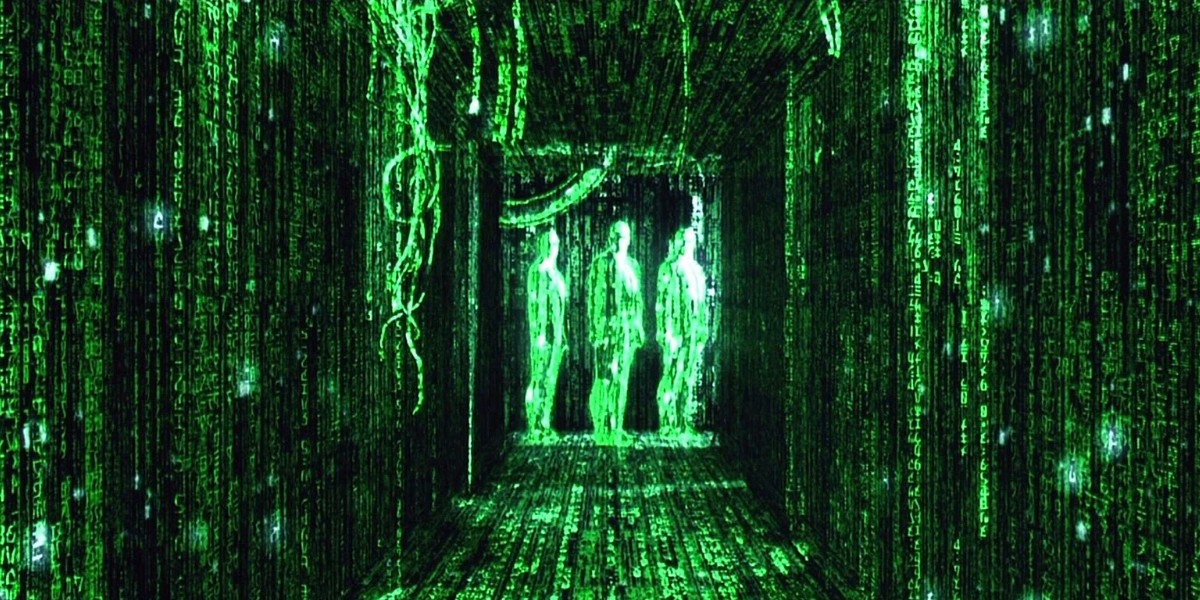
More Dystopia In Major Sci-Fi Blockbusters
The Matrix arrived a mere couple years before a pivotal point in United States history, when the World Trade Center collapsed on September 11, 2001. It was a grave day in U.S. history, and one we're still reconciling with. After that, movies became darker and moodier, with more of a nihilistic edge to reflect the loss of innocence and lack of comfort that defined the 21st century. But looking past that tragedy, it appears that The Matrix was ahead of the curve on the tonal front, and went on to help to pave the way for more dystopia in major blockbusters, notably in the sci-fi realm. Movies like The Hunger Games, Snowpiercer, Children of Men and V For Vendetta, for instance, lend themselves over to The Matrix's influence in allowing people to question the safety and security in our everyday lives.
CINEMABLEND NEWSLETTER
Your Daily Blend of Entertainment News
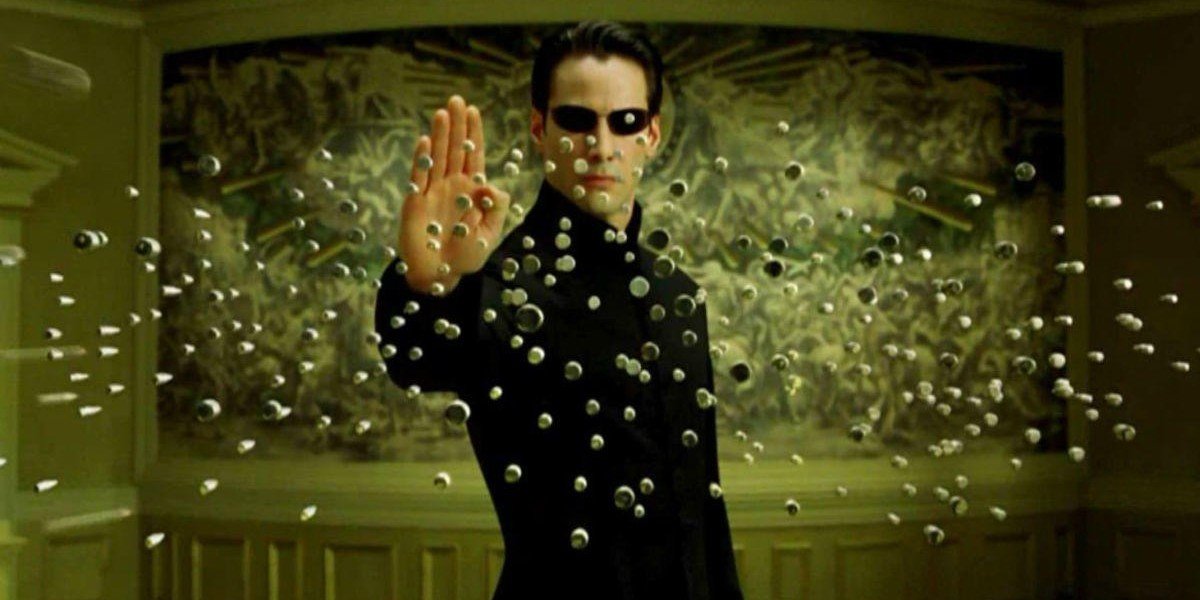
The Desaturated Color Palette Gave More Movies Moodier Tones
Thanks to The Matrix, it's clear that a lot of sci-fi movies played more with moodier, neon-friendly colors. Once again, this is also partially an influence of the noir elements seen in Blade Runner. But it's clear that the use of green and black seen heavily throughout the Wachowskis' movie played a part in changing how movies — especially big sci-fi ones — looked in the next two decades. The heavy use of tech and dark colors in movies like Minority Report, Watchmen, Wanted and several more owe a part of their influence to The Matrix, which made sci-fi movies more readily moodier and bleaker.
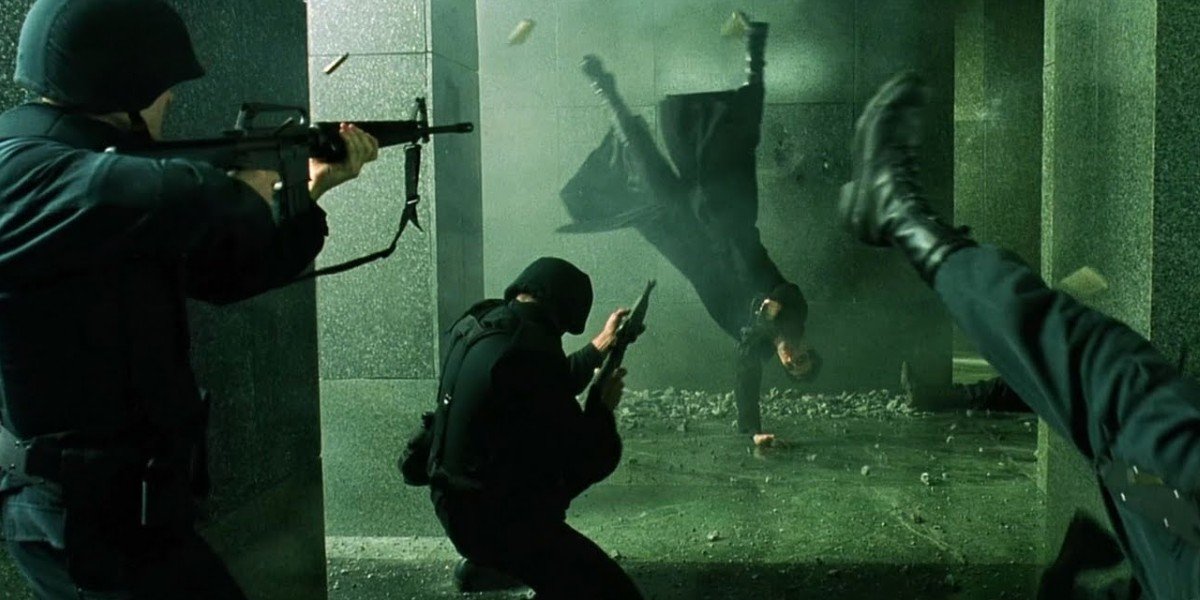
More Philosophy/Reality Bending In Sci-Fi Movies
While there were always meaty conversations to be found in sci-fi, with the high concepts presented in the stories illustrating wondrous and original ways to perceive real-world problems, The Matrix introduced a trend of incorporating direct philosophical ideas and concepts into a highly entertaining product, thus allowing viewers to expand their mind while also being engaged with the story, characters, visuals and action spectacles. As noted by the BFI in its anniversary piece, The Matrix was an agglomeration of everything the filmmakers valued and felt represented by up to that point in time. The influence of the Bible, Greek mythos, philosophical texts and Eastern religion, as well as Lewis Carroll, William Gibson, Grant Morrison and Philip K. Dick, all made The Matrix meatier and more weighted than your average studio sci-fi flick, allowing others to expand their minds with what they create.
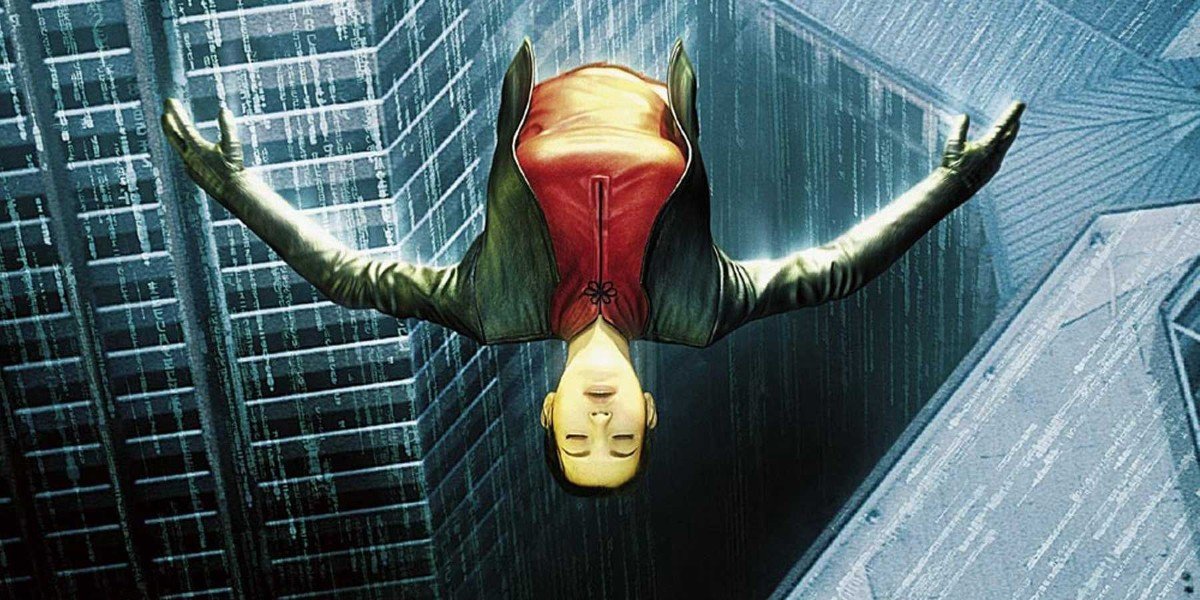
The Introduction Of Other Mediums to Expand the Story, A La The Animatrix (And The Rise Of Anime In The United States)
Before we had cinematic universes and other mediums introducing and expanding on the worlds we love, The Matrix brought into the mainstream — especially in the sci-fi circuits — the introduction of incorporating side projects and mini-movies to expand the mythos and make everything a lot more grand. For example, The Animatrix helped to use animation to keep in the stylistic vein of The Matrix, while incorporating bigger, broader storylines to help the wide-minded ideas in The Matrix feel more expansive than ever. This movie likely played an influence in the rise of anime in American markets.
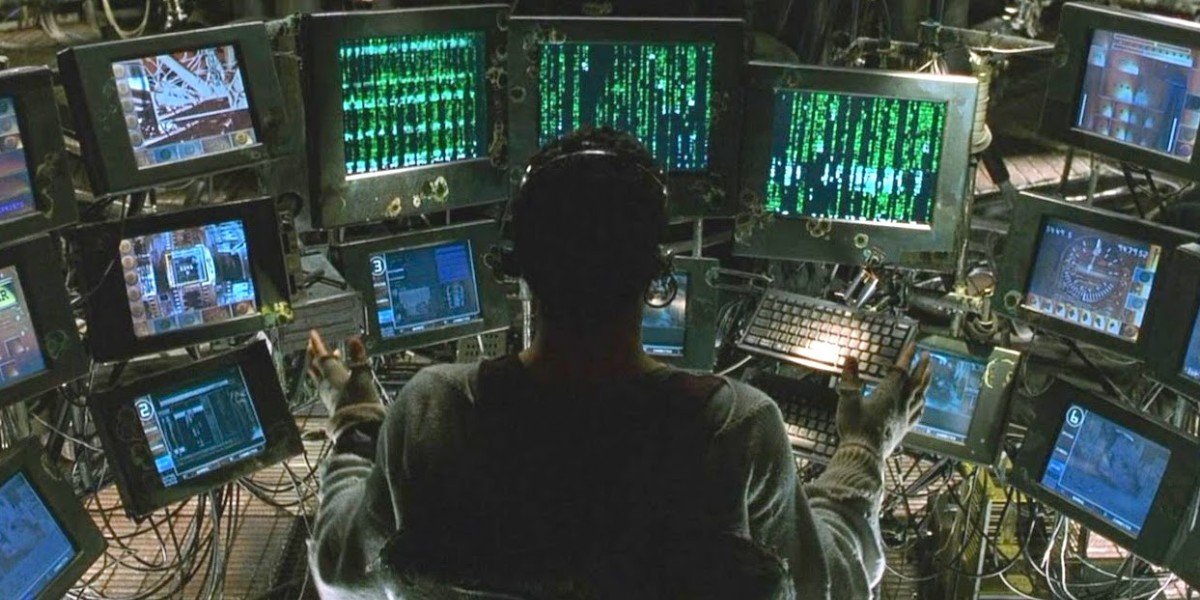
Bringing Cyberpunk Into The Mainstream
Through The Matrix, there was a new subculture that was given a major push into the public conscious: cyberpunk. Thanks to the sheer coolness and attention to the high-minded filmmaking and intellectually stimulating ideas thrown into the thrust of the narrative, the concept of cyberpunk became a major influencer in pop culture, which allowed others to feel the power of punk edge in the cyber realm. With the advent of the internet, this kind of new-mind mentality was given the push it needed into the public consciousness, particularly in sci-fi, and it helped that it looks so dang cool in this movie.
These are only a handful of the ways in which The Matrix influences continues to be felt and seen. And this is without mentioning how it made kung fu more prominent in the Hollywood system, the introduction of more high-concept stunt-work or the footwork which lead to Keanu Reeves' impressive turn in the John Wick movies, which were directed by stuntmen for The Matrix movies. Together, all these factors and so many more make it clear that The Matrix was a revolutionary work of genius, the likes of which continue to be felt in Hollywood at large and will hopefully still inspire movie to come.
Stay tuned to CinemaBlend for more news on the continuation of The Matrix franchise.
Will is an entertainment writer based in Pittsburgh, PA. His writing can also be found in The Playlist, Cut Print Film, We Got This Covered, The Young Folks, Slate and other outlets. He also co-hosts the weekly film/TV podcast Cinemaholics with Jon Negroni and he likes to think he's a professional Garfield enthusiast.







